Eng
Fr
Nl
Travel & Immigration
- Home
- Department
- Travel & Immigration
Most visitors to Malawi arrive in Lilongwe, which is conveniently centrally located. From here, it’s possible to embark on a circuit to the North or a circuit to the South. Both north and south of Lilongwe itineraries will sample the variety of Landscape, Wildlife, Lake and Cultural attractions that the country offers; and can be covered in 7 days; though 10 days would not be excessive.
Whole-country itineraries are also easily put together, either combining selected highlights of both north and south (possible in 10 days); or covering the majority of what both areas have to offer (14 days). Fortunately, distances are never that great, and with Malawi’s constantly changing scenery, the journeys are part of the attraction. It’s also now much easier to arrange air charter between the main places of interest – and at costs which are comparable to those for ground transfers.
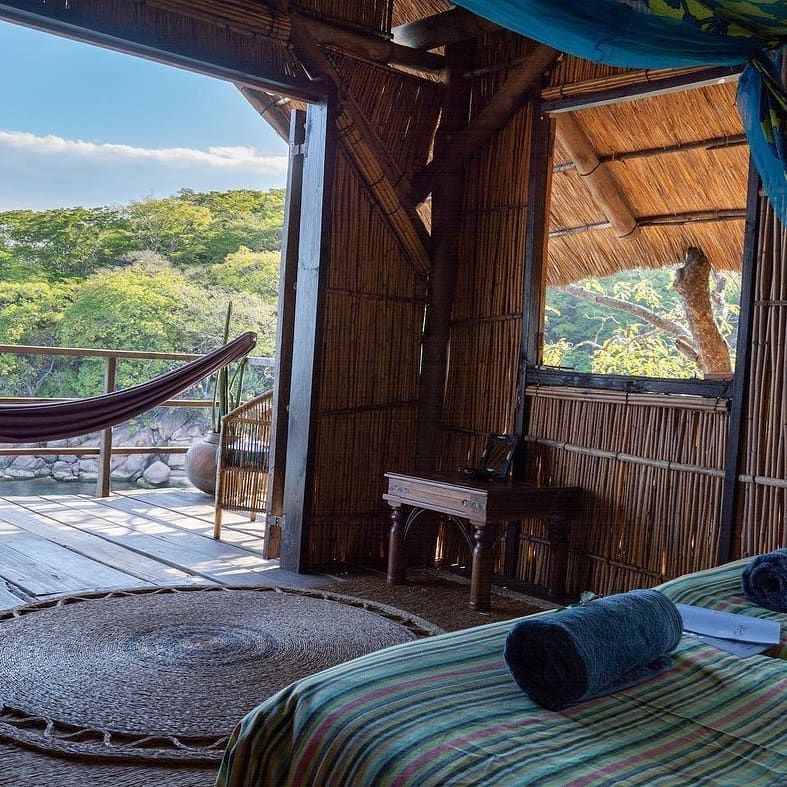
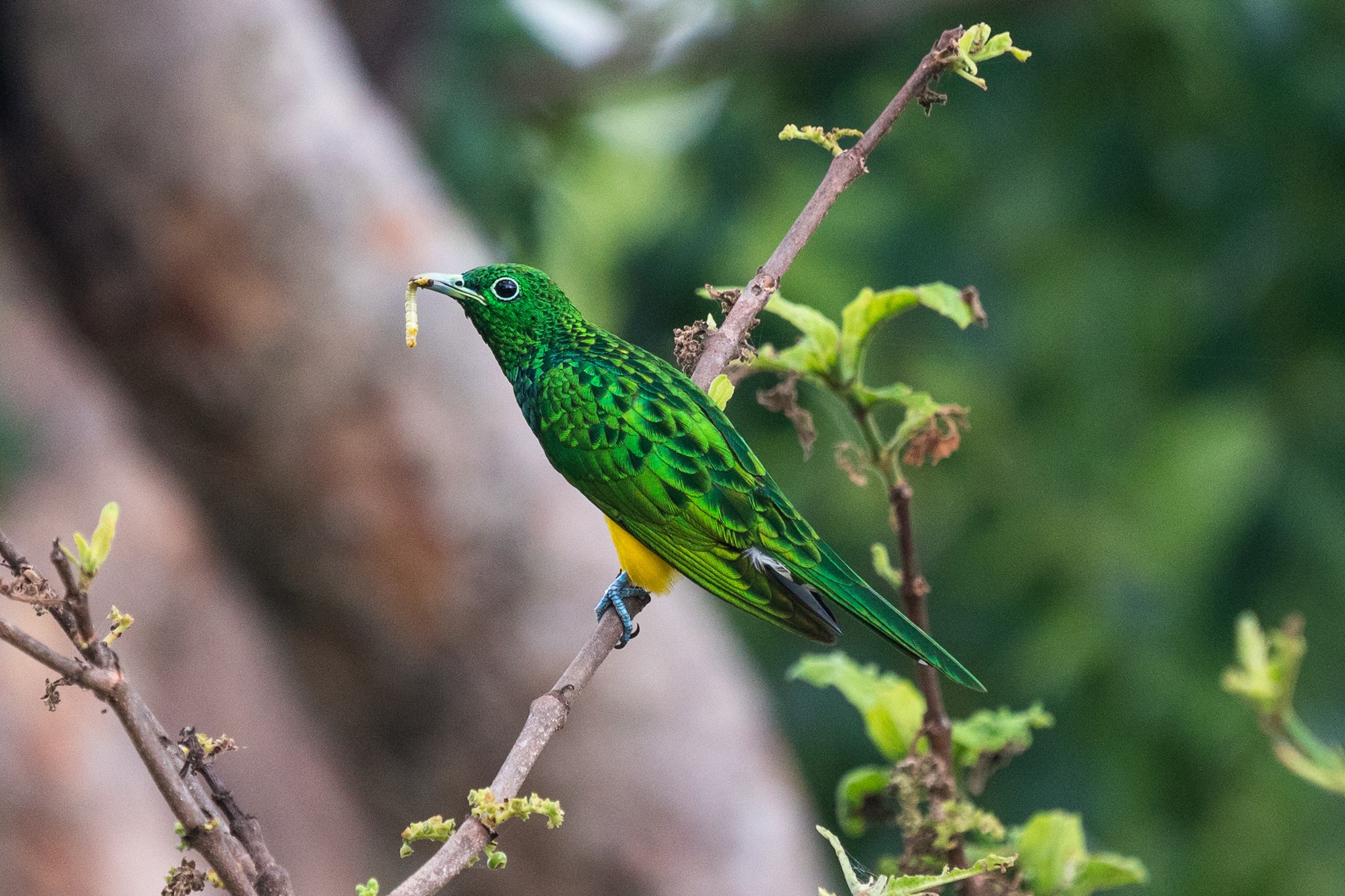
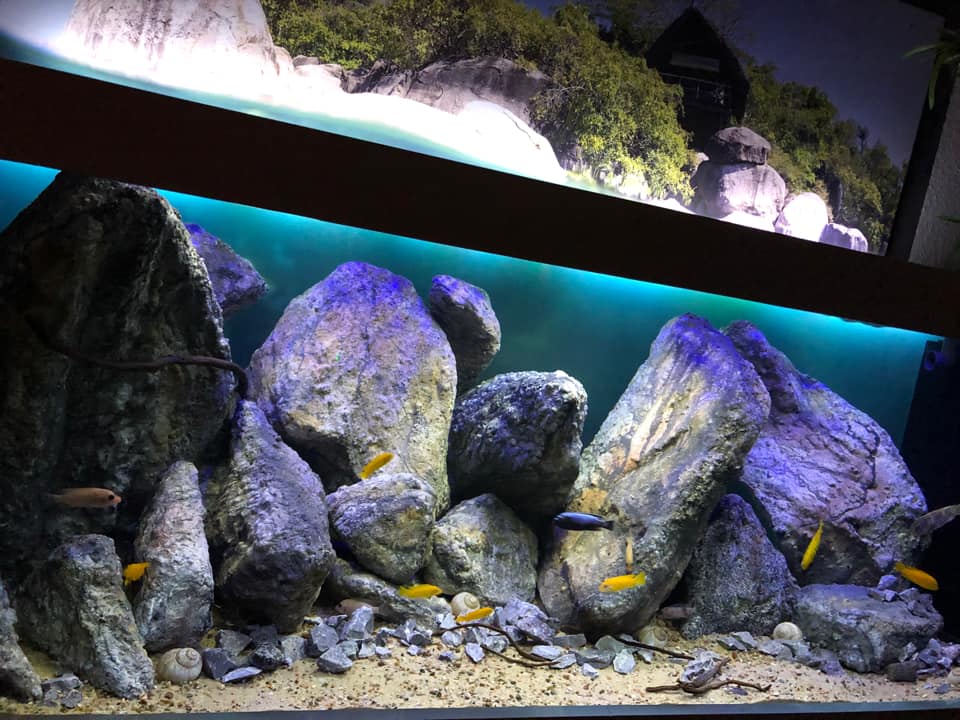
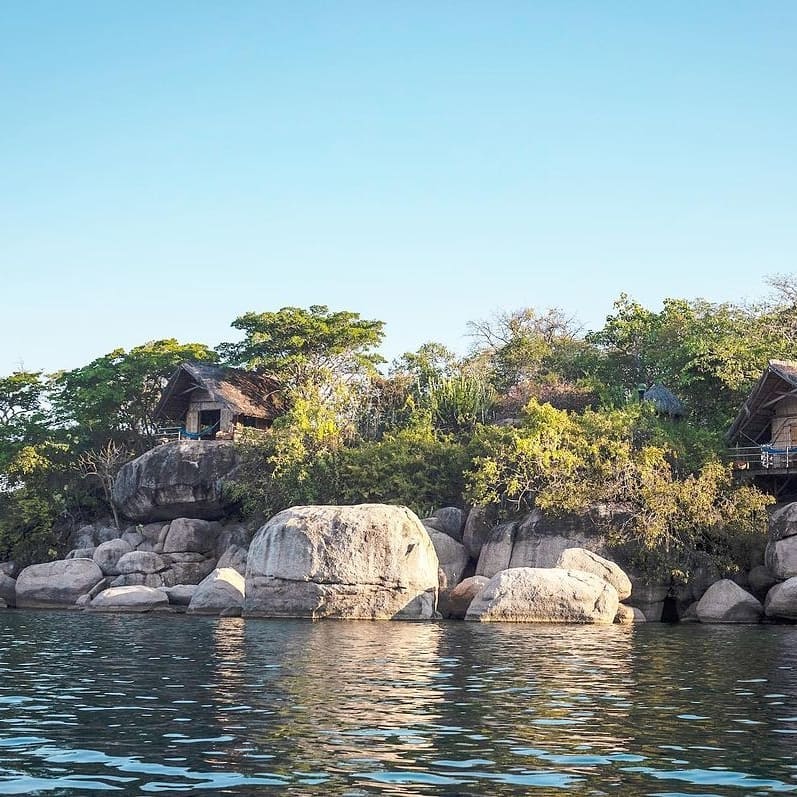
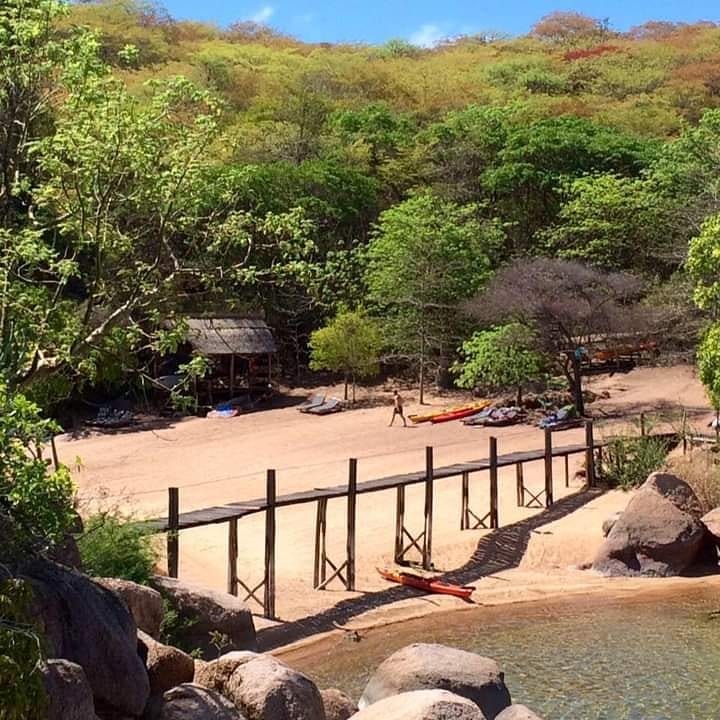
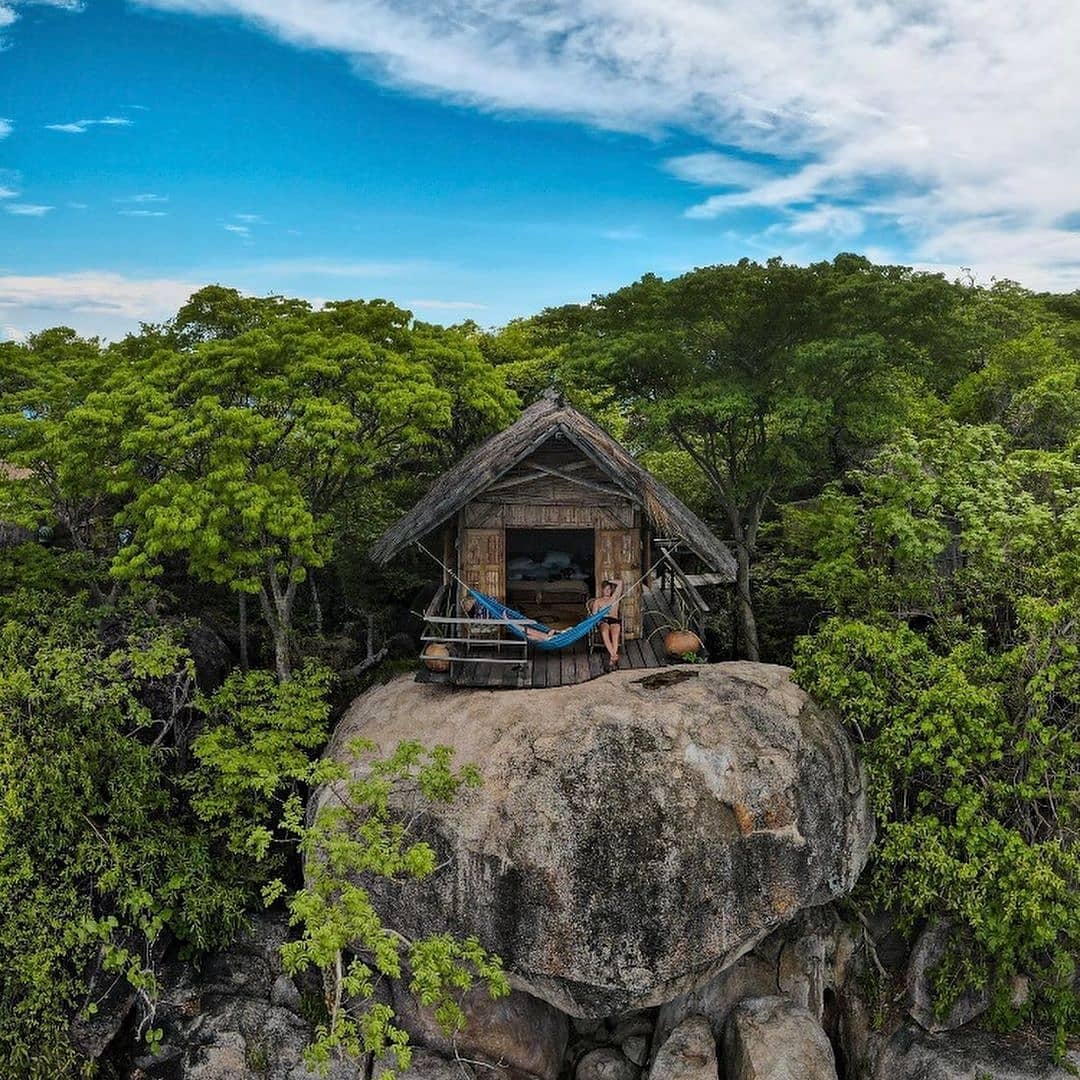
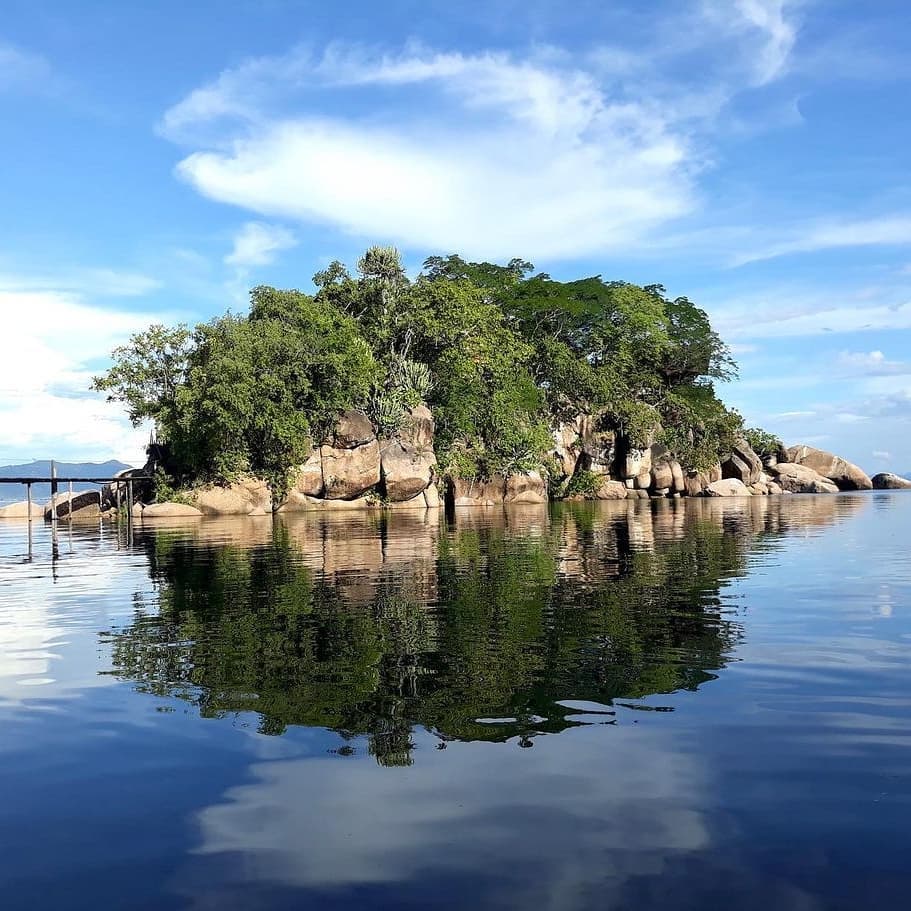
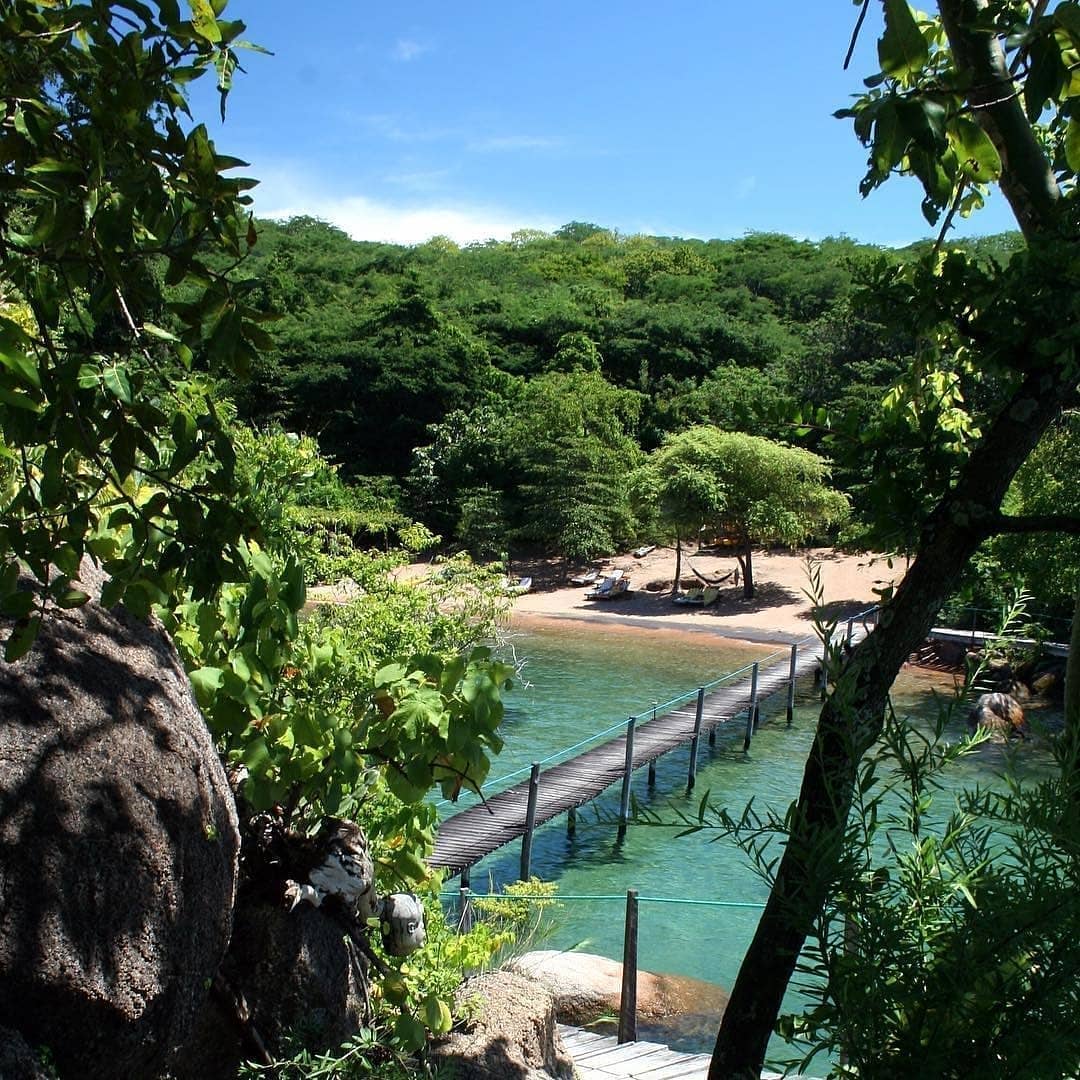
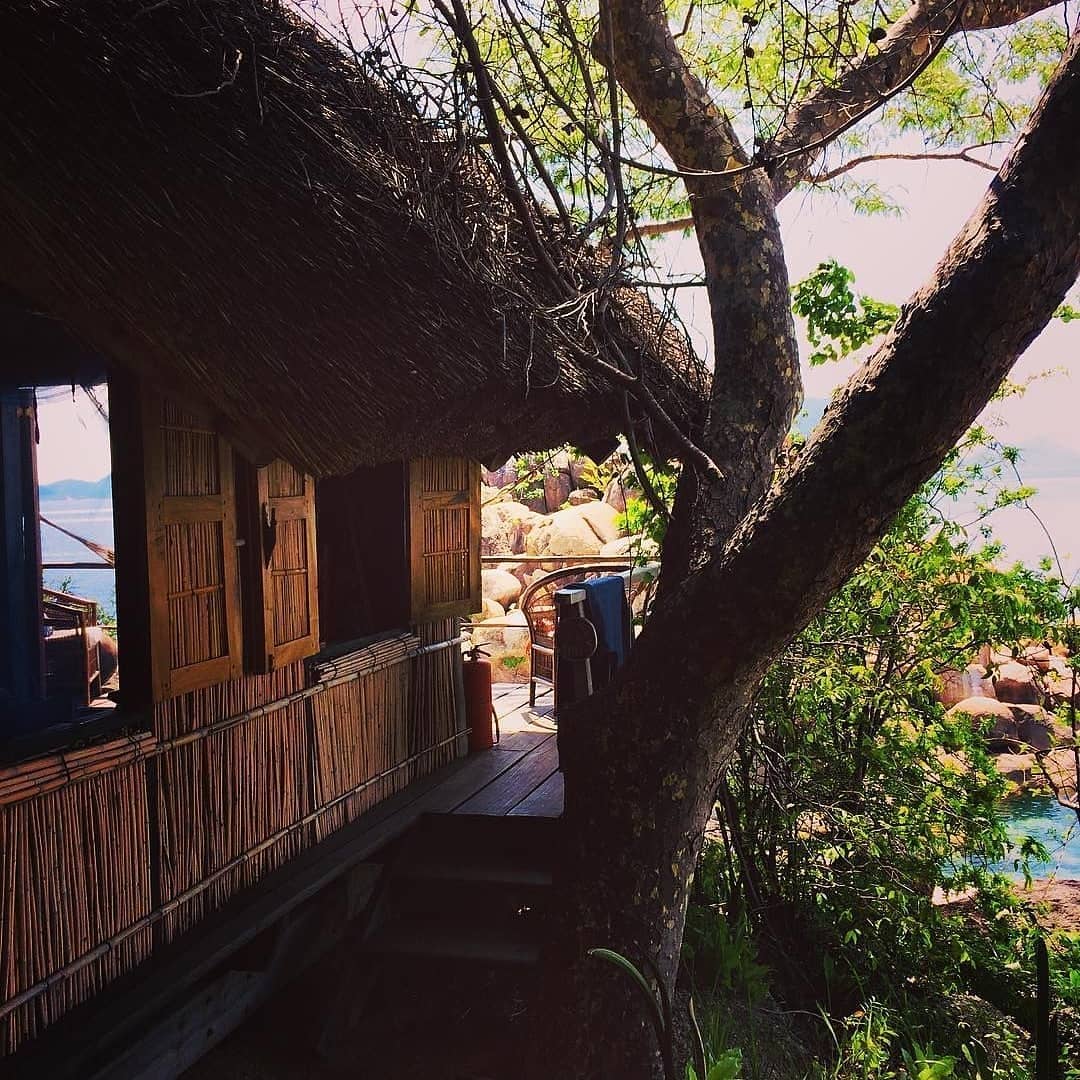
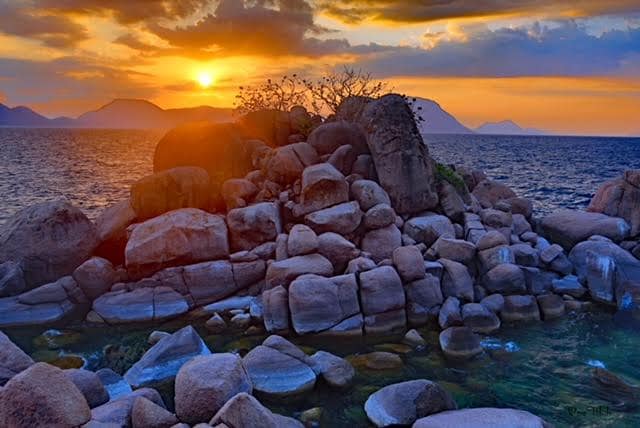
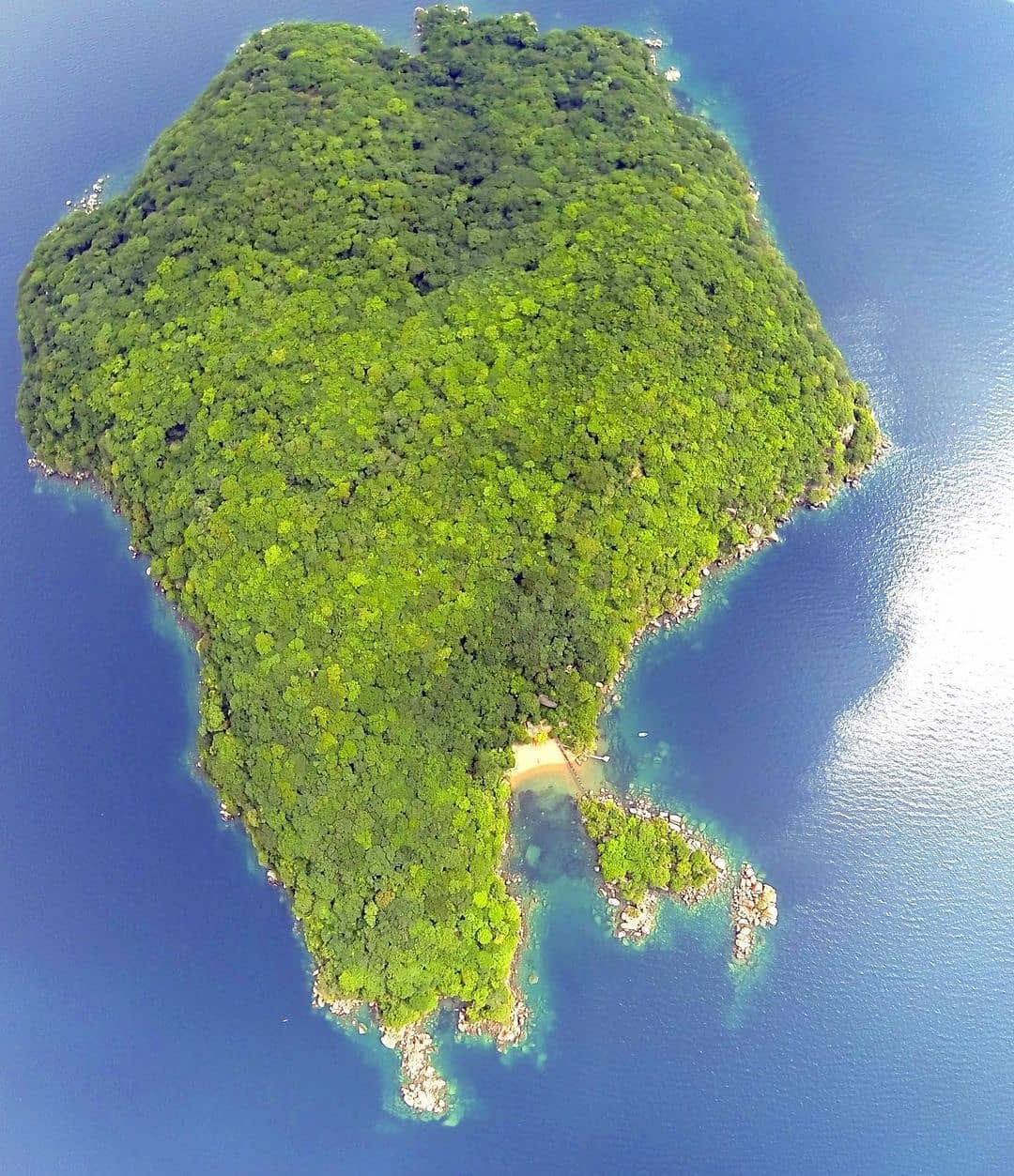
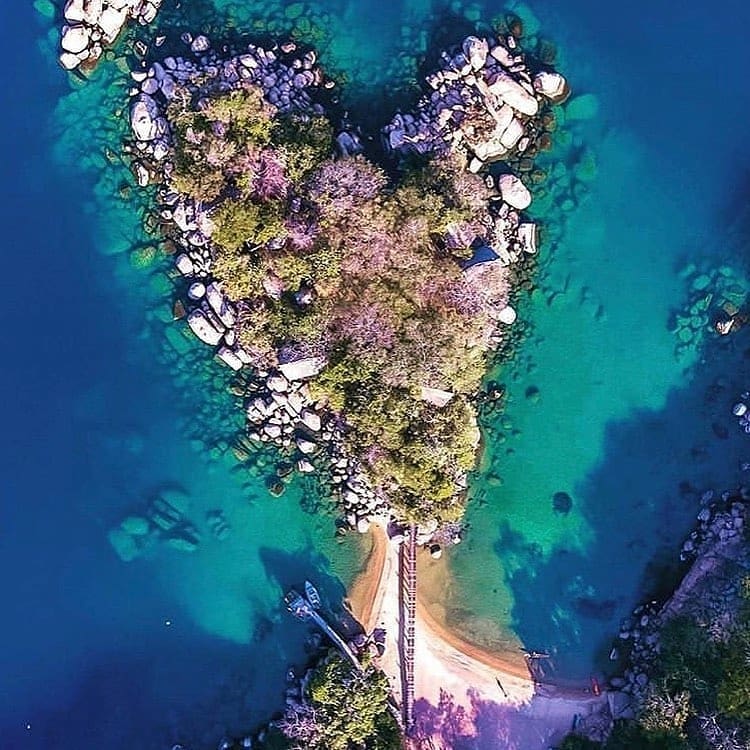
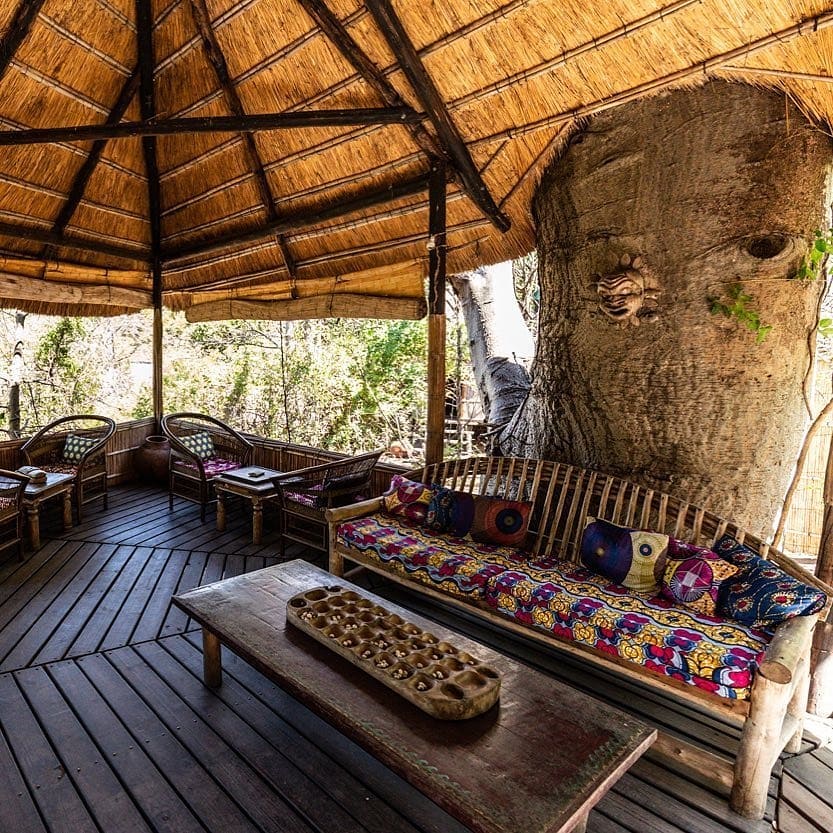
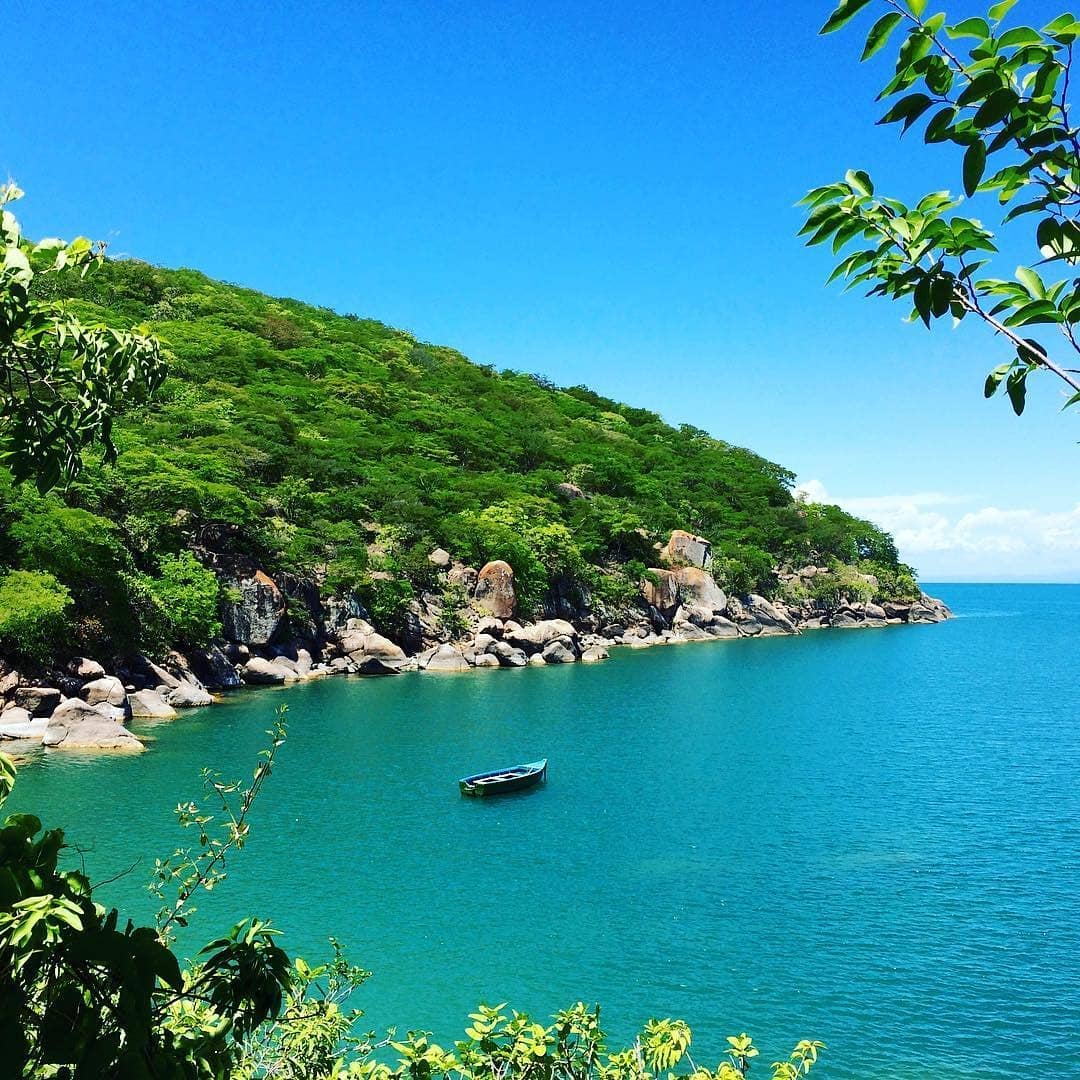
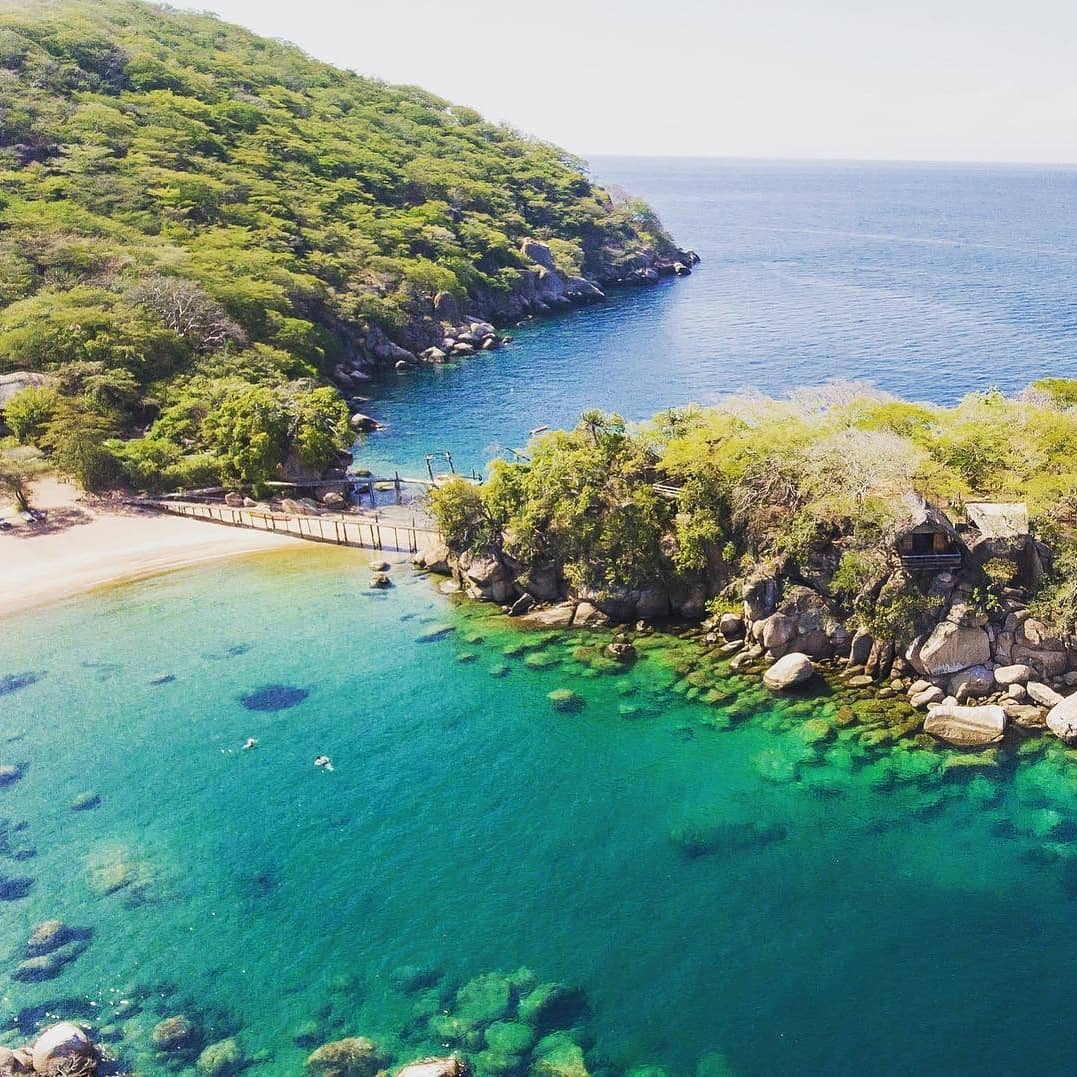
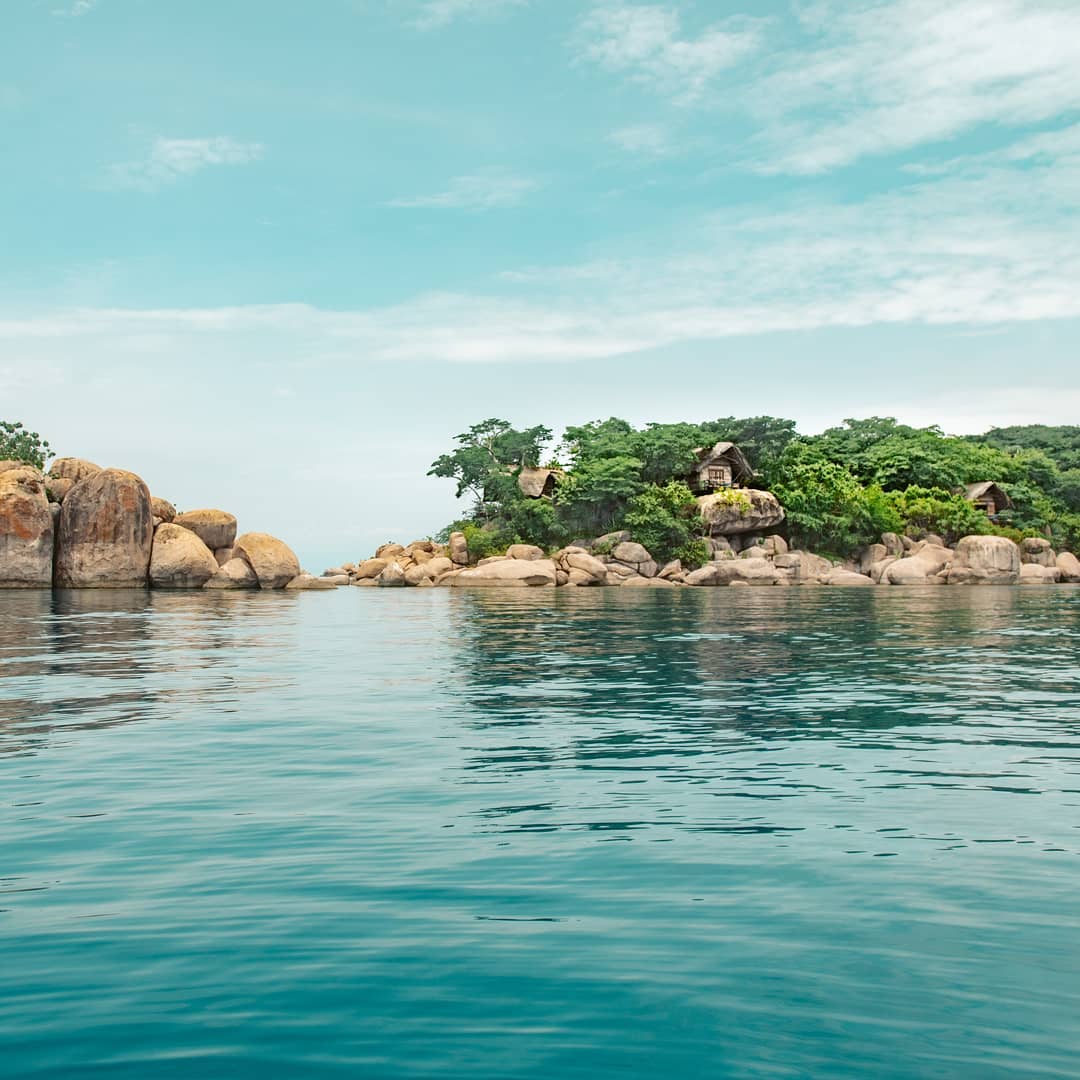
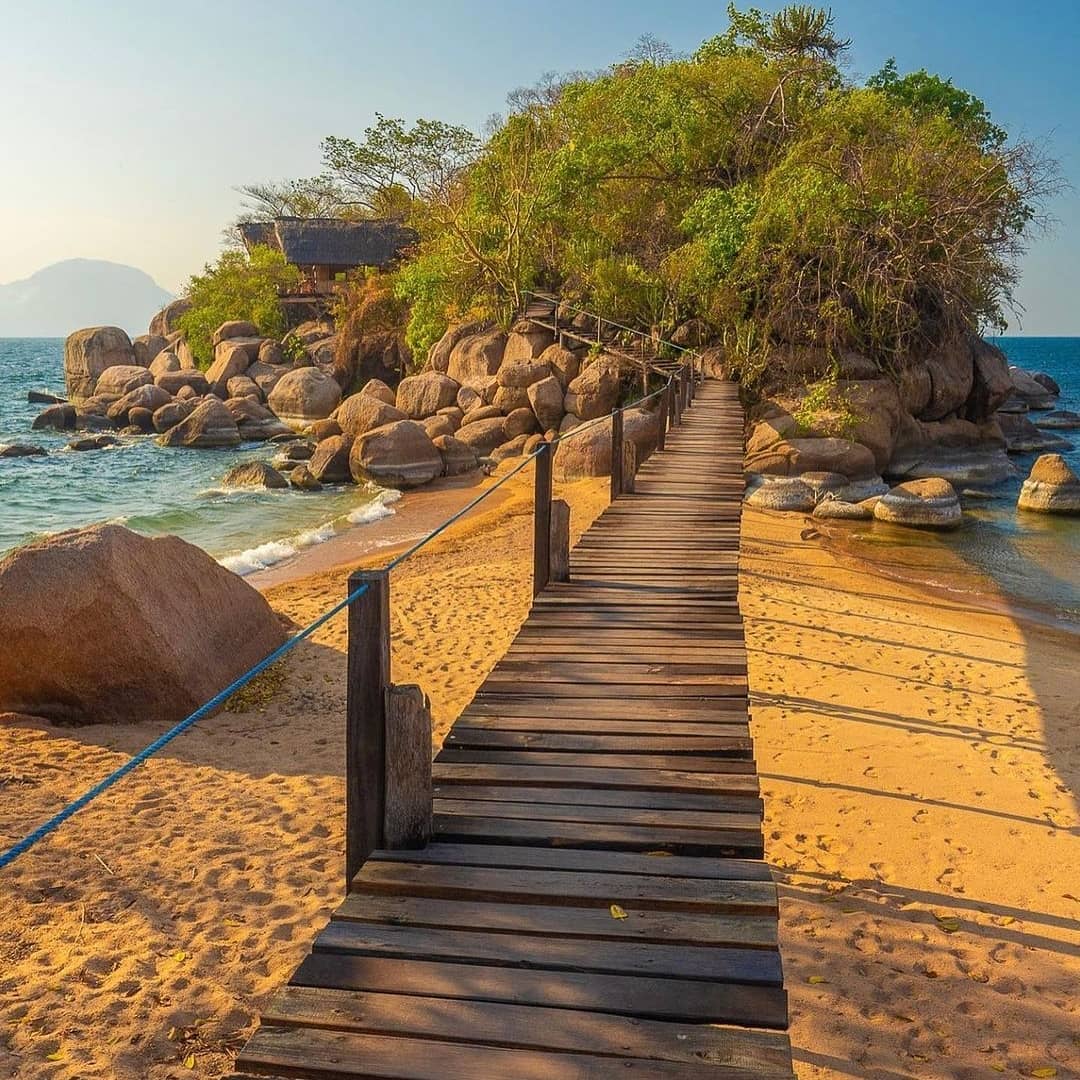
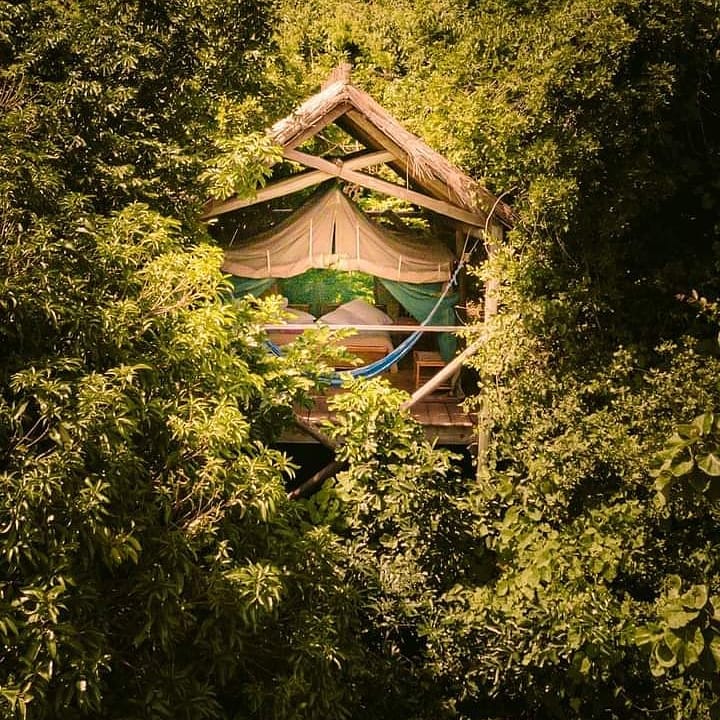
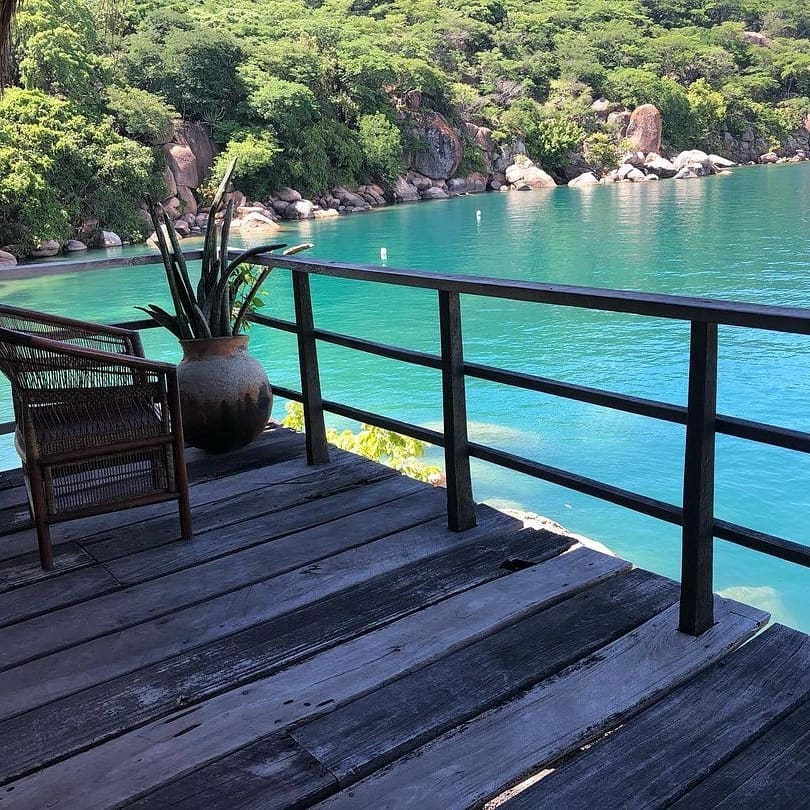
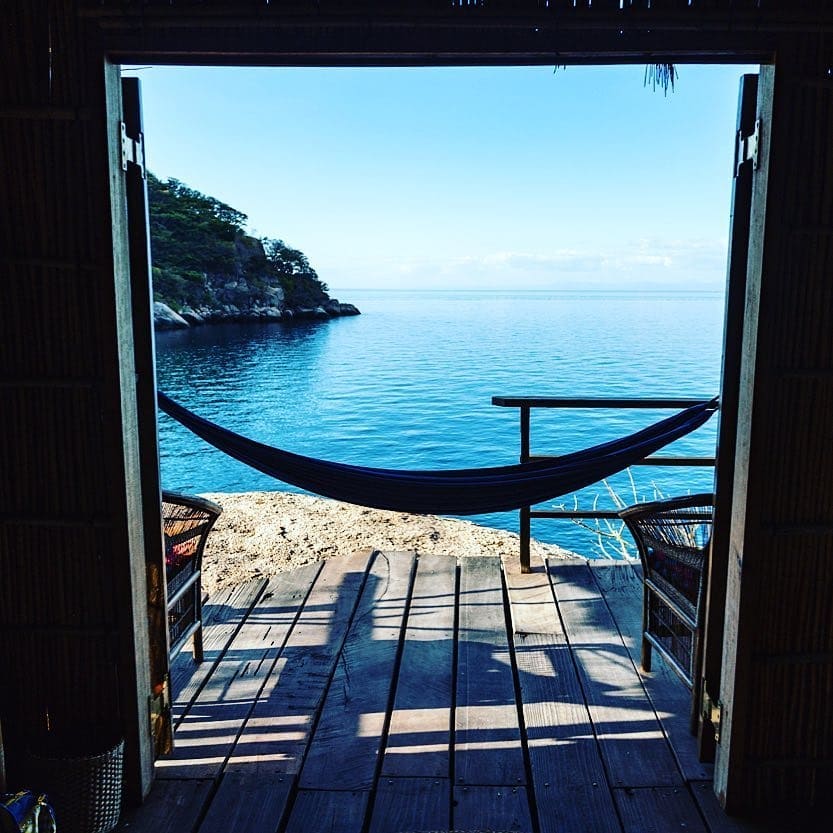
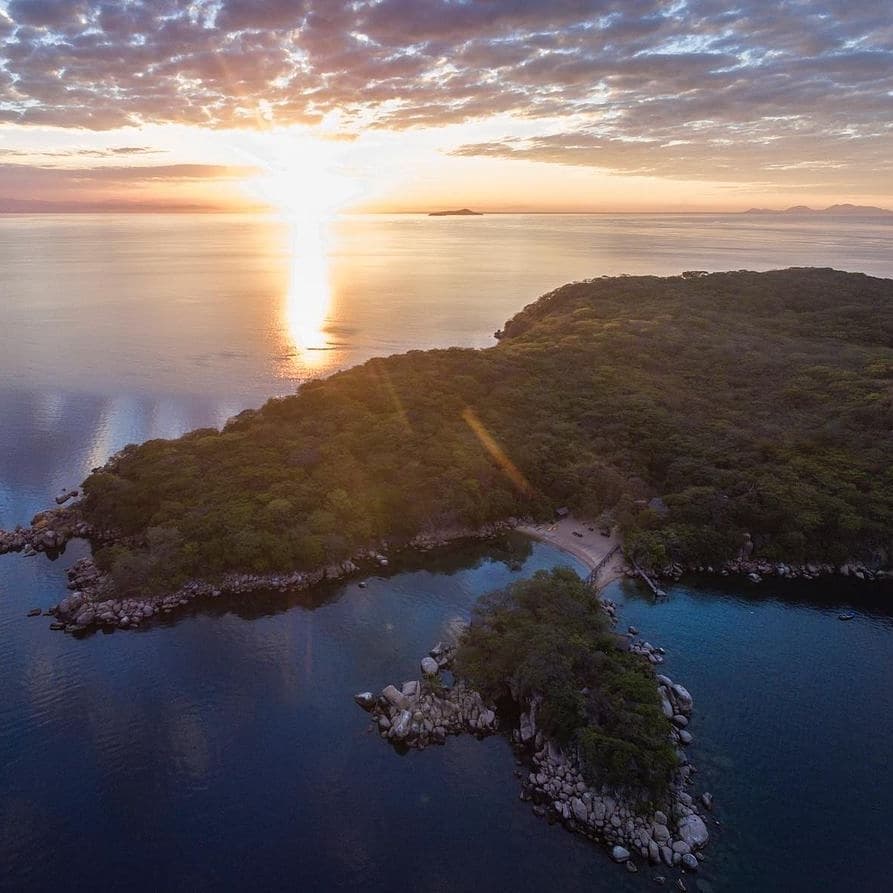
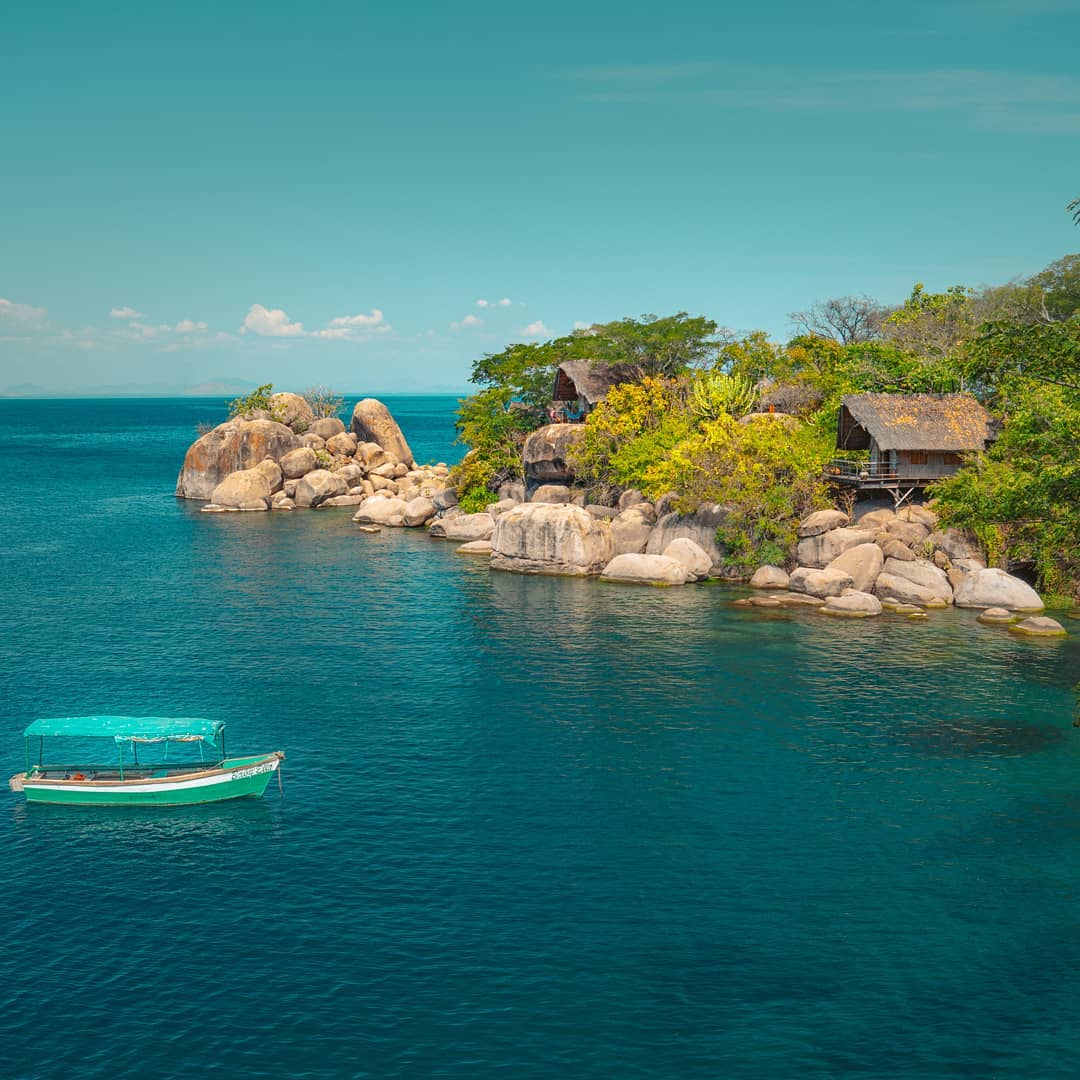
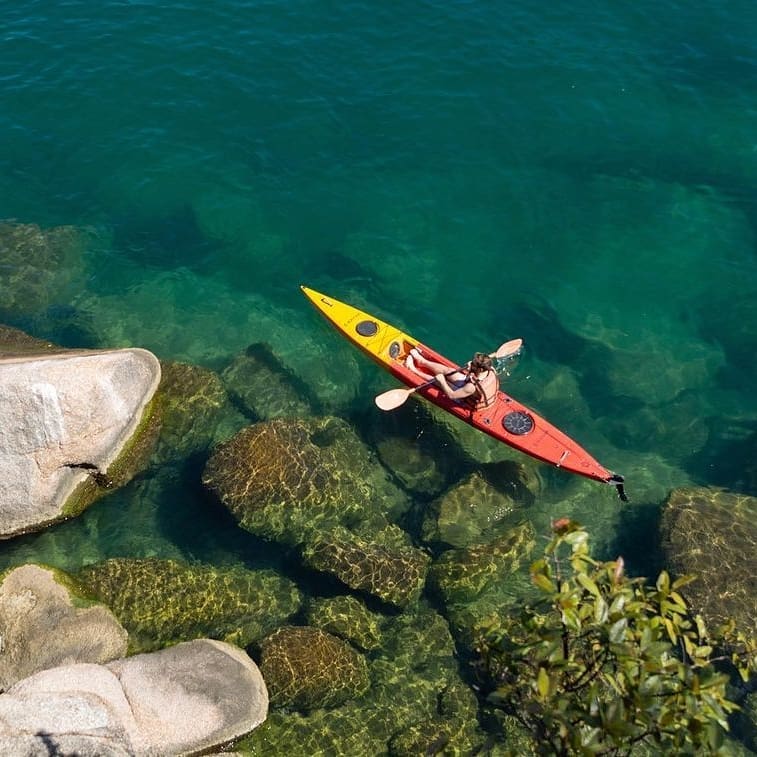
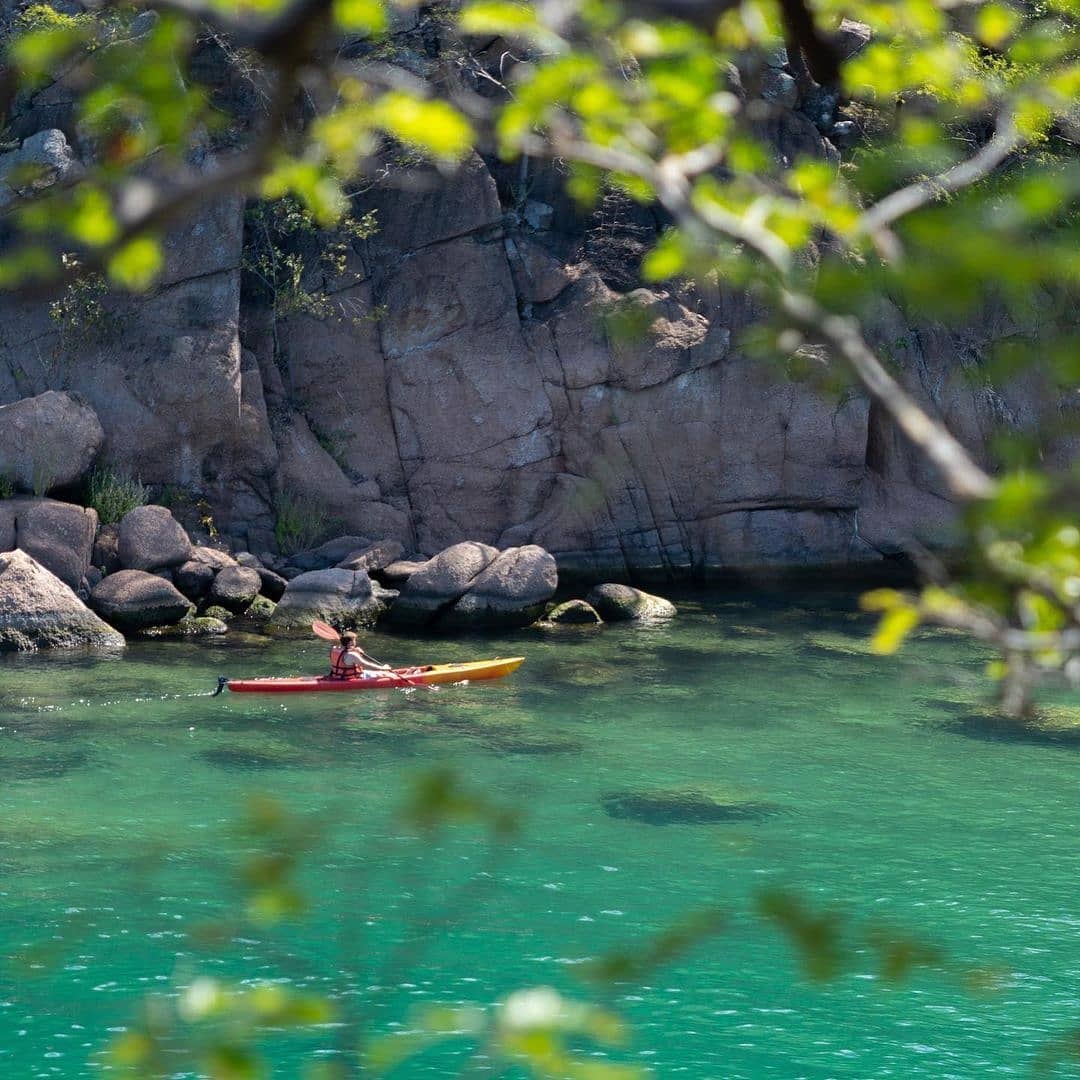
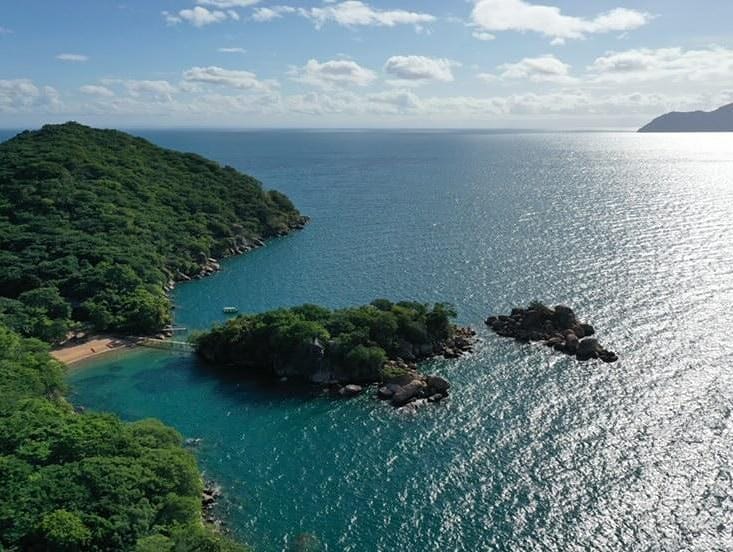
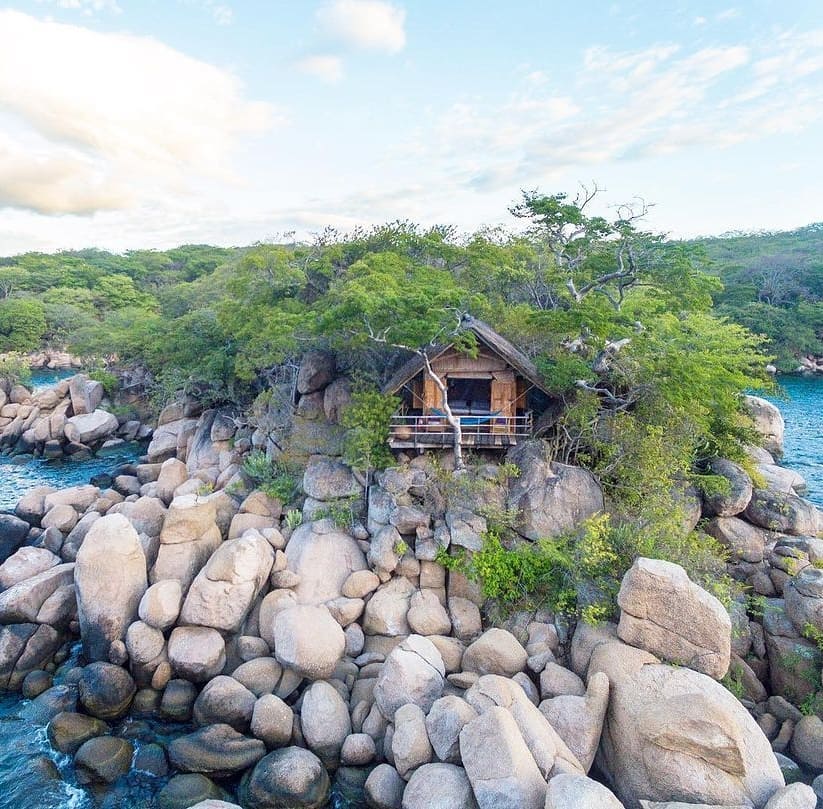
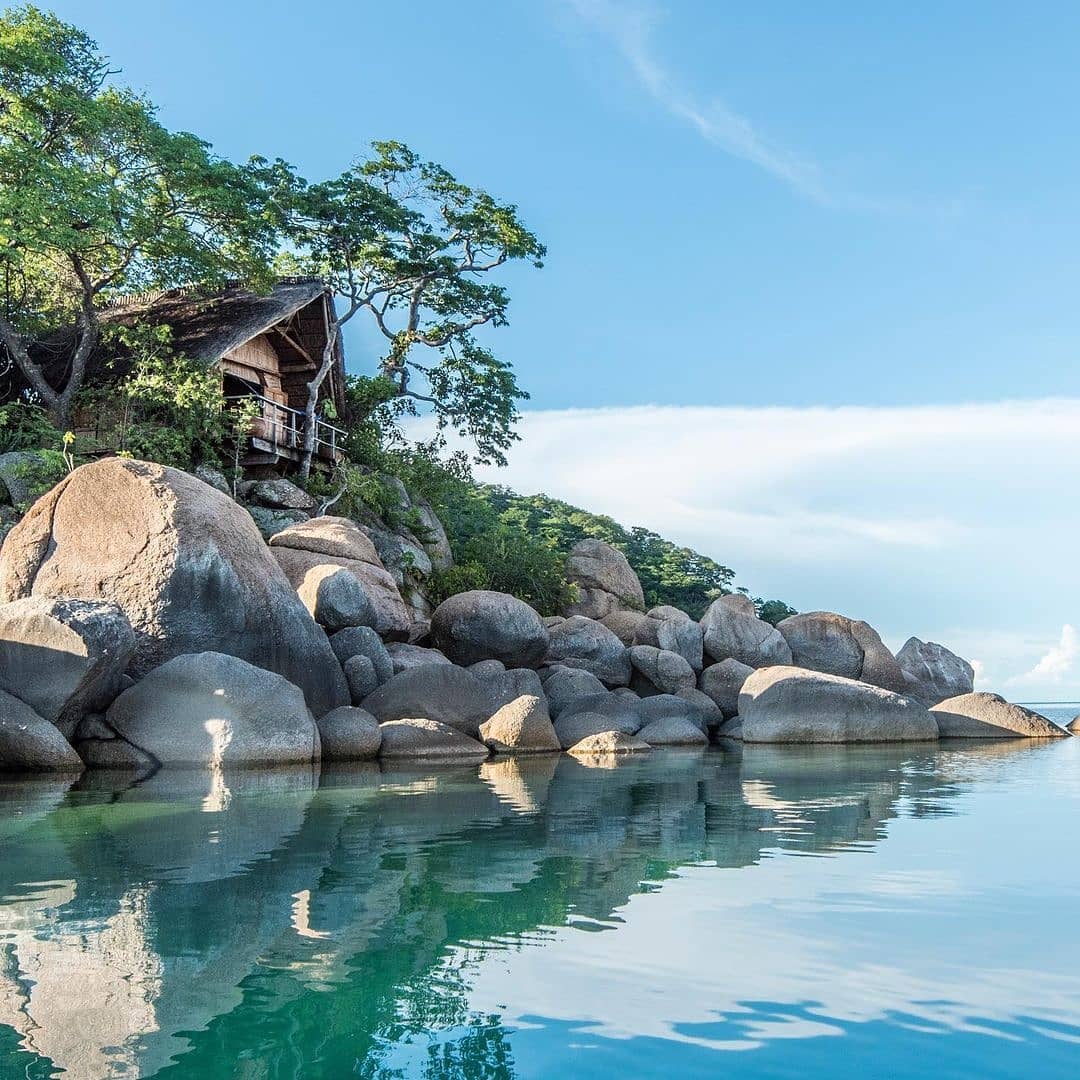
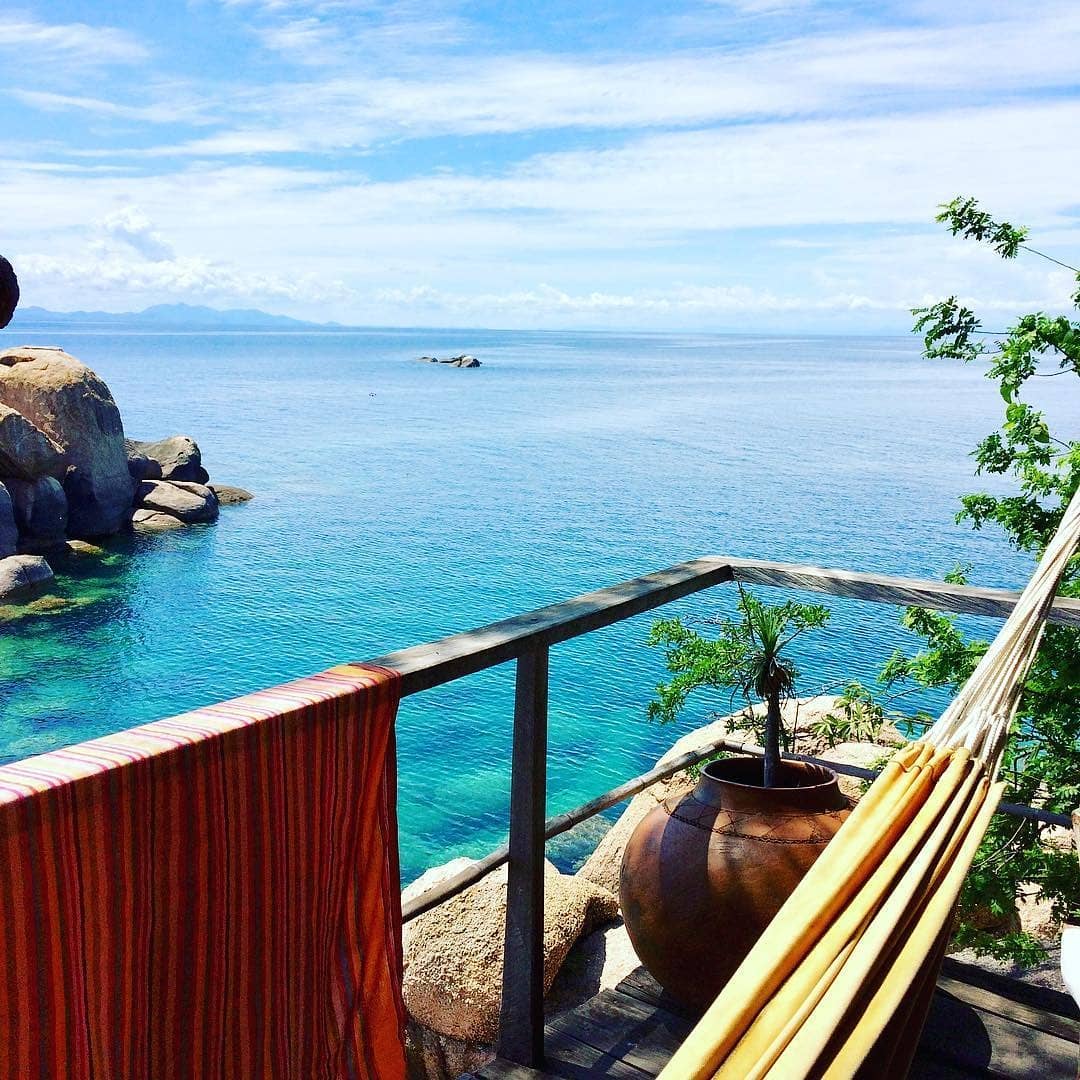
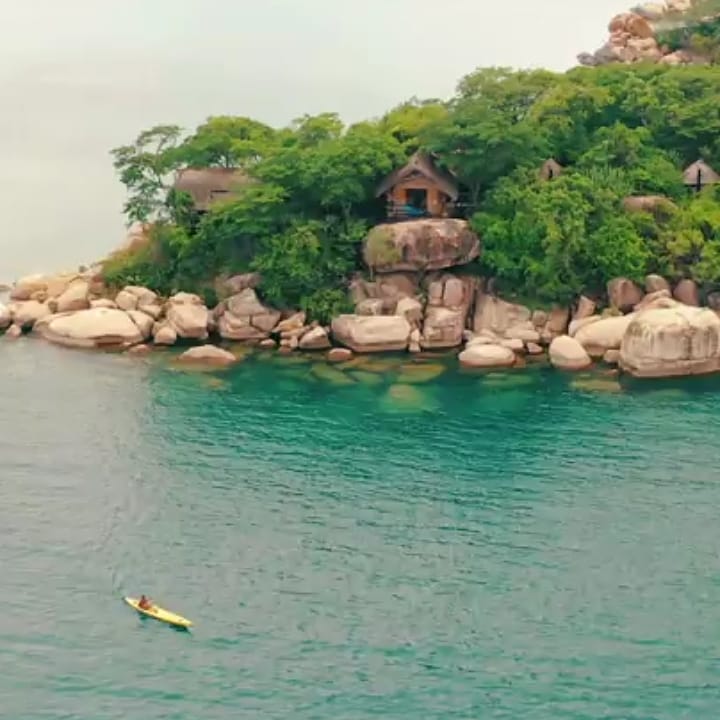
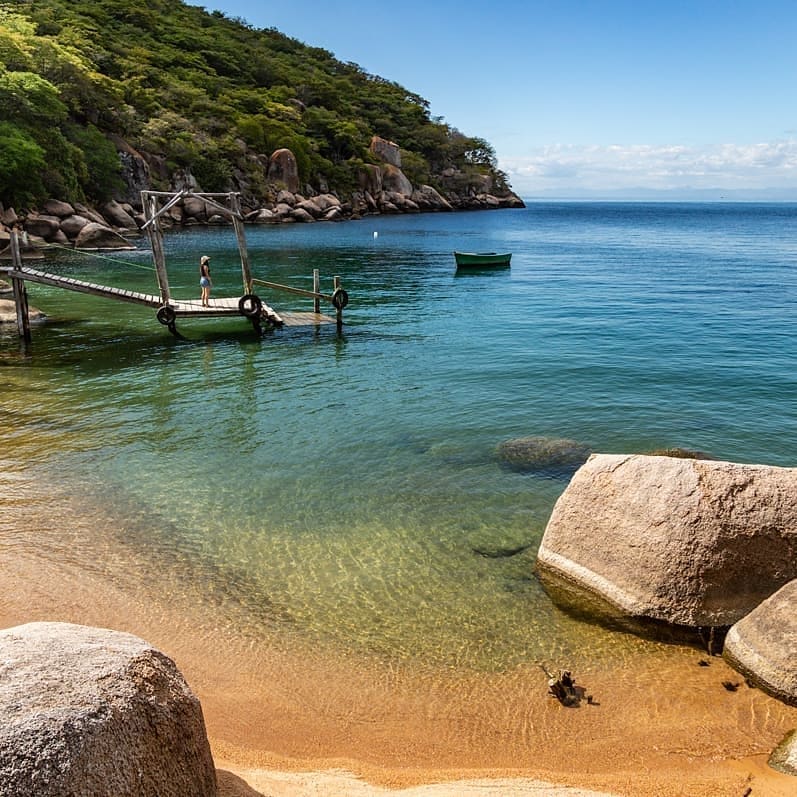
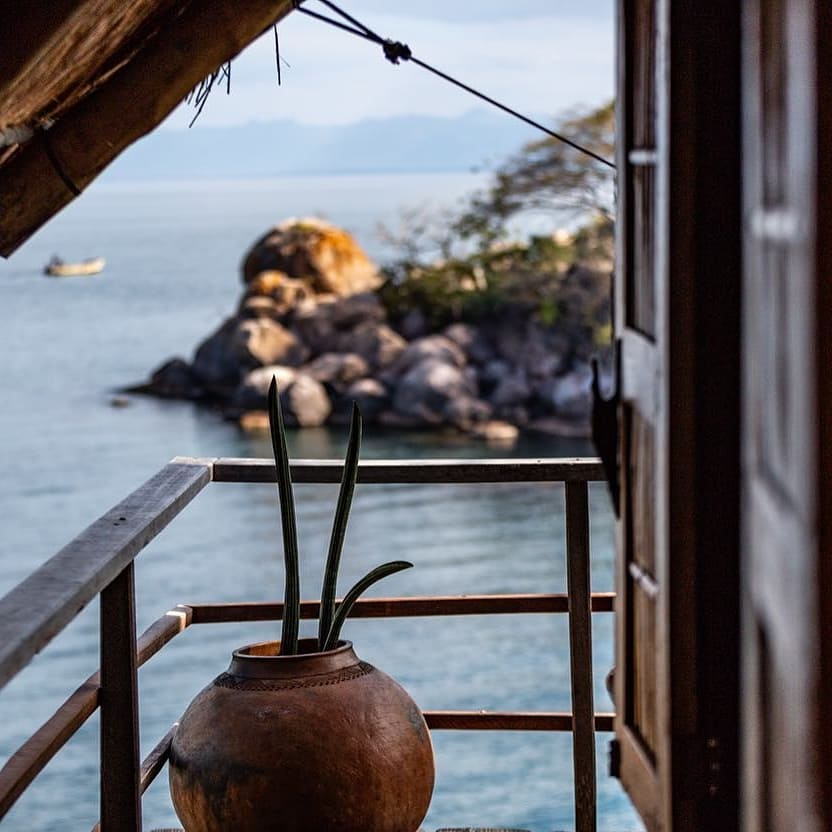
Heading North from Lilongwe
Ntchisi Forest Reserve: beautiful unspoilt forested hills. Ntchisi Forest Lodge is full of charm.
Nkhotakota Wildlife Reserve: rugged wilderness of the Rift Valley escarpment, but also undergoing great wildlife development. Accommodation is at three international-standard lodges: Tongole Wilderness Lodge, Bua River Lodge and Kachenga Bush Camp.
Viphya Highlands: a scenic forested plateau. Good mid-market accommodation at Luwawa Forest Lodge with an emphasis on activities – also suitable for a relaxed forest escape.
Nyika National Park: unique scenic beauty of the rolling plateau; plus wildlife safaris. Activities include mountain biking, trekking & fishing. High quality accommodation is at Chelinda Lodge and Camp.
Vwaza Marsh Wildlife Reserve: lowland wildlife area that complements the neighbouring highlands of Nyika. Game viewing by 4×4 and on foot. Currently can be stayed in only as part of a mobile safari run by a tour company.
Livingstonia: fascinating and beautifully-sited mission station.
Lakeshore & Islands: plenty of lake-based activities, or simply relaxing on a beautiful beach. A choice of accommodation at Chintheche: Chintheche Inn, Makuzi Beach Lodge, The Beach House or Kande Horse. Nkhata Bay has the good self-catering Safari Cottage. On Likoma Island is the peerless Kaya Mawa, plus budget-friendly Ulisa Bay. On the Mozambique shore is Nkwichi Lodge in the unspoilt Manda Wilderness. Returning south on the western shore, Ngala Beach Lodge, just north of Dwangwa, is a gem. Closer to Lilongwe, Senga Bay has Sunbird Livingstonia Beach, a colonial-style hotel, Kumbali Lake Retreat, two Serendib properties – Blue Waters & Kambiri Beach, plus the self-catering Kuwona Cottage.
Heading South from Lilongwe
Heading south from Lilongwe, highlands are soon encountered at Dedza, which also has its famous pottery and nearby Chongoni Rock Art, a World Heritage Site. Continuing into South Malawi, Blantyre is the country’s largest town, with historical monuments and a variety of attractions close by. South of Blantyre, the Lower Shire Valley is home to three protected areas: Majete Wildlife Reserve (now a Big 5 Reserve); Lengwe National Park and Mwabvi Wildlife Reserve. An hour east of Blantyre is the magnificent Mount Mulanje reached via the privately owned Chimwenya Game Park and the beautiful Thyolo tea estates. Beginning the return north, the old capital town of Zomba and the views from Zomba Plateau are a short drive away. A little further on is Liwonde National Park, Malawi’s most popular and best established game park. Lake Malawi is reached initially at a strip known as the ‘Mangochi lakeshore’ where there is a great choice of accommodation. From there it’s a short drive to Cape Maclear/Lake Malawi National Park and its range of attractions. Back in Central Malawi, Senga Bay is reached via the interesting Mua Mission, and then it’s a short return to Lilongwe.
With all major airlines now flying in to Blantyre as well as Lilongwe, it’s also possible to do a southern circuit beginning and ending in Blantyre, or one which begins in one city and ends in the other
Dzalanyama Forest Reserve: Only a short distance from Lilongwe, although a little out on a limb rather than part of the main circuits, offers the perfect start (or end) to a Malawi journey, with surroundings of endemic trees, birds and butterflies. Dzalanyama Forest House offers comfortable accommodation.
Dedza & Chongoni: the famous Dedza Pottery, is the largest handcrafted pottery in southern Africa, is a major attraction but its setting, as the base of Dedza mountain is also a draw. Nearby, the Chongoni Rock Art area is now a World Heritage Site.
Around Blantyre: Chimwenya Game Park is close to Blantyre and home to the impressive Game Haven lodge. Continuing east, the Tea Estates at Thyolo are beautiful, with stunning views across to Mulanje and the Lower Shire Valley. It’s possible now to stay in a renovated colonial estate manager’s house on the Satemwa Estate at Huntingdon House – a boutique lodge with a rich history – and its sister property, Chawani Bungalow. For hikers and climbers, Mount Mulanje is a must. Accommodation is basic on the mountain but Kara O’Mula at its base is much more comfortable and Africa Wild Truck Camp & Lodge is a charming place to stay with a few budget-friendly options.
Lower Shire Valley: south of Blantyre, this previously neglected area is now becoming much more accessible. There are no less than three protected areas, with lots of development underway. Accommodation is available at Fisherman’s Rest at the edge of the Thyolo Escarpment, overlooking the Lower Shire Valley just south of Blantyre. In Majete Wildlife Reserve, Sunbird Thawale Lodge and the Majete Community Campsite provide en suite bush tents and camping sites respectively whilst a highly luxurious lodge, Mkulumadzi, is run by Robin Pope Safaris. Nyala Lodge has been welcoming international guests to Lengwe National Park for a number of years now.
Zomba Plateau: fabulous views and forest activities including walking, trekking and mountain biking. Accommodation is at the unique Sunbird Ku Chawe – right on the edge of the plateau and the charming Zomba Forest Lodge, with Hill Springs Lodge providing a convenient alternative just outside Zomba town for those not venturing up onto the plateau.
Liwonde National Park: Malawi’s best park for game, with safaris on offer by boat, 4×4 or on foot. Mvuu Lodge and sister property Mvuu Camp offer up- and mid-market accommodation beside the River Shire. The new Kuthengo Camp by Robin Pope Safaris opened in April 2018.
Lakeshore: on the southern/Mangochi Lakeshore lies The Makokola Retreat, Sunbird Nkopola Lodge and Zaburi Beach by Serendib. Near Monkey Bay is the highly regarded Norman Carr Cottage, with its remote sister property, Chikulu opposite it on the far side of the Lake. At Cape Maclear/Lake Malawi National Park, there’s a choice of Mumbo and Domwe Island camps, Warm Heart Adventure Lodge or the upmarket Pumulani, Robin Pope Safaris. Slightly further north, Senga Bay has Sunbird Livingstonia Beach, a colonial-style hotel, Kumbali Lake Retreat,two Serendib properties – Blue Waters & Kambiri Beach, plus the self-catering Kuwona Cottage.
Each of Malawi’s regions, and the country as a whole, can offer itineraries at upmarket and mid-market levels. They can be relaxed, or packed with a variety of activities. There are also plenty of specialist niche activities/tours which can be catered for, including: cycling; diving; eco-tourism; trekking; birdwatching; weddings & honeymoons; and many more.
It’s also now quite straightforward to combine sections of Malawi with its neighbours. Malawi & Zambia is a long-standing combination, particularly utilising Lilongwe’s proximity to South Luangwa. Malawi & Tanzania and Malawi & Mozambique are now also possible, using air charters.
Download Resources
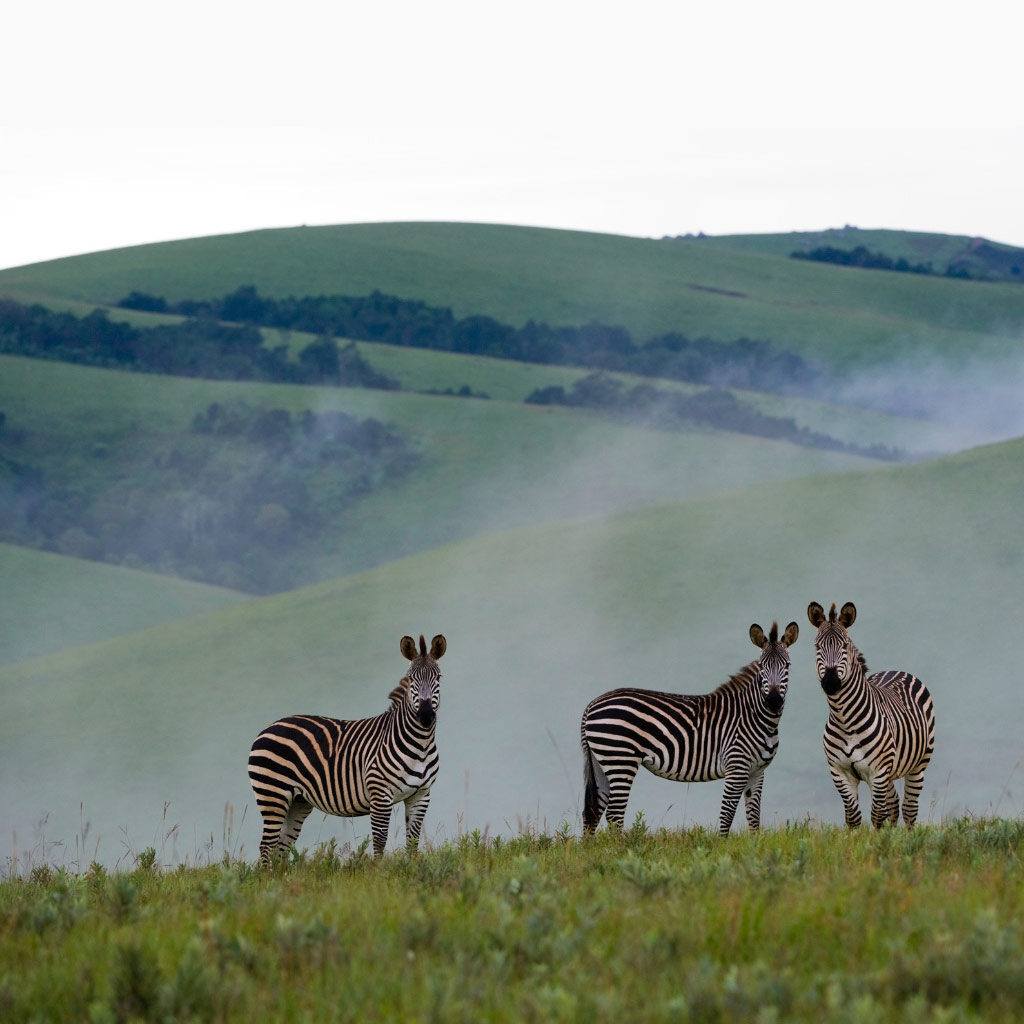
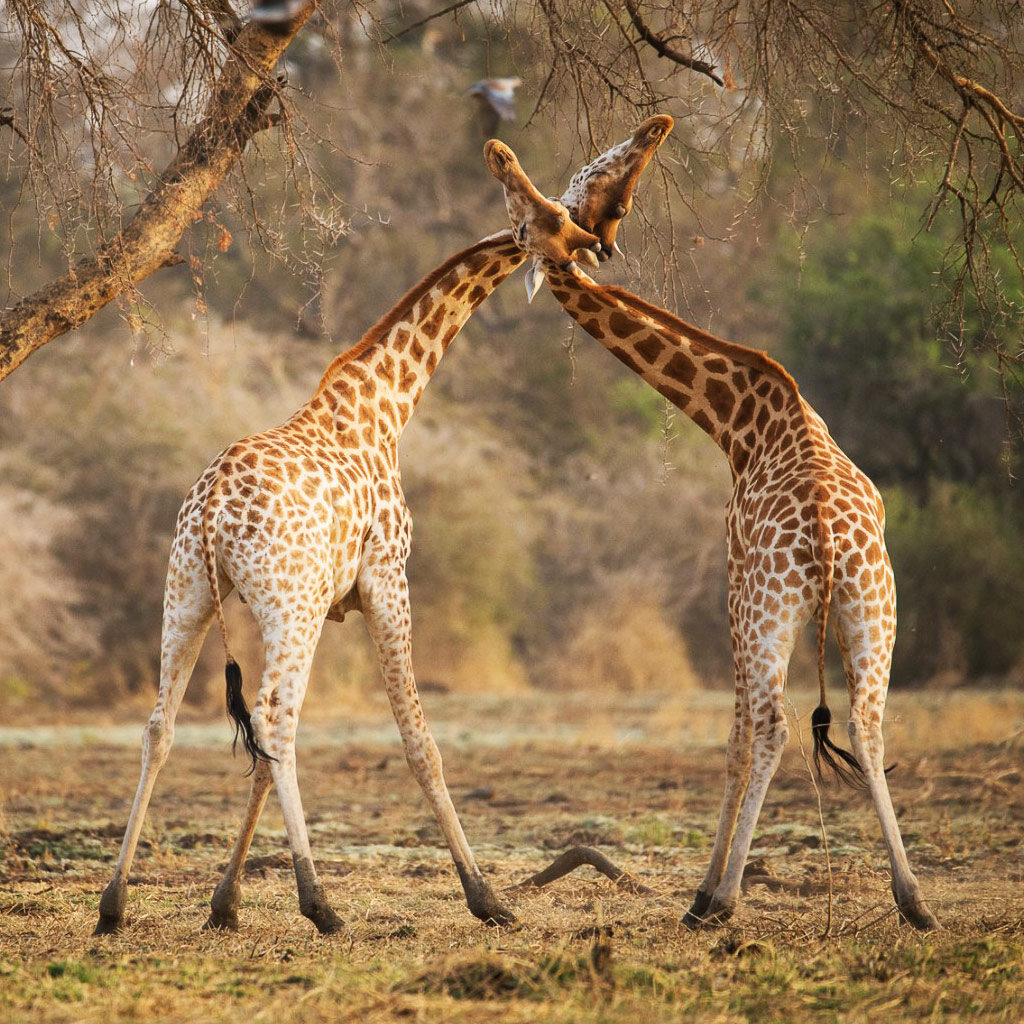
One of the most common additions people make to their cars in order to keep the heat out is a windshield visor. Cars become warm in the summer because direct sunlight enters in through the windows. This is why we park in the shade whenever we can. Since the largest windshield.In fact, wind is becoming cheap enough in many places in the U.S. and around the world to compete effectively with fossil fuels.
One of the most common additions people make to their cars in order to keep the heat out is a windshield visor. Cars become warm in the summer because direct sunlight enters in through the windows. This is why we park in the shade whenever we can. Since the largest windshield.In fact, wind is becoming cheap enough in many places in the U.S. and around the world to compete effectively with fossil fuels.
One of the most common additions people make to their cars in order to keep the heat out is a windshield visor. Cars become warm in the summer because direct sunlight enters in through the windows. This is why we park in the shade whenever we can. Since the largest windshield.In fact, wind is becoming cheap enough in many places in the U.S. and around the world to compete effectively with fossil fuels.
17 Comments
Leave Your Comment
The Embassy is also involved in humanitarian programmes being undertaken with the support of
well-meaning, countries, institutions and individuals
for targeted programmes and beneficiaries in Malawi.



I relish how your words authentically reflects your unique personality. It makes me feel connected to you.
I adore how your personality shines through in your words. It establishes an immediate bond.
Your blog has quickly become my favorite source for inspiration. Thank you for sharing your thoughts.
This blogging style is excellent. I appreciate how you present details in a clear and manner.
Great post, I really liked it. Thanks for sharing such useful information.
Your blog feels like a fountain of information and inspiration. Thank you for providing it with us.
Your website is a fantastic tool for professionals involved with these fields.
Your post has motivated me to make changes. You have given some fantastic advice. Thanks for posting.
Excellent insights in the post. I completely concur with you. The author have given some helpful tips.
The post is very articulate. I appreciate the effort the author put into it. Thanks for posting.
Your website is a terrific venue of information on related subjects. Thank you for sharing your knowledge with the world.
Your post is really insightful. I am grateful the time and effort you put into writing it. Thanks for bringing up the topic.
The article is thought-provoking and stimulating. Thanks for sharing your original perspective on this subject.
Your style flows beautifully, it’s a joy to read.
Your blog continuously engages me, sparking curiosity and prompting a deep thought on each section.
hello there and thanks to your information – I have definitely picked up anything new from right here. I did alternatively experience some technical points using this web site, as I skilled to reload the website a lot of times previous to I may get it to load properly. I have been considering in case your hosting is OK? Not that I am complaining, however sluggish loading instances occasions will very frequently impact your placement in google and can injury your high-quality rating if ads and ***********|advertising|advertising|advertising and *********** with Adwords. Well I am including this RSS to my email and can glance out for a lot more of your respective intriguing content. Make sure you update this once more soon..
fantastic put up, very informative. I’m wondering why the other specialists of this sector do not notice this. You must continue your writing. I’m confident, you have a great readers’ base already!